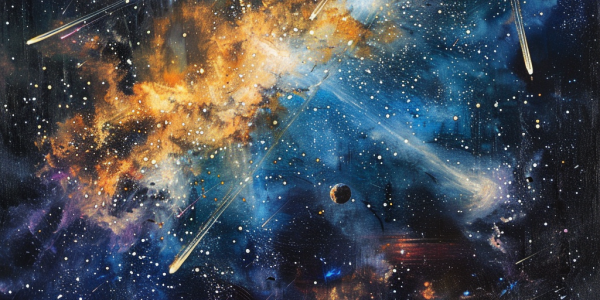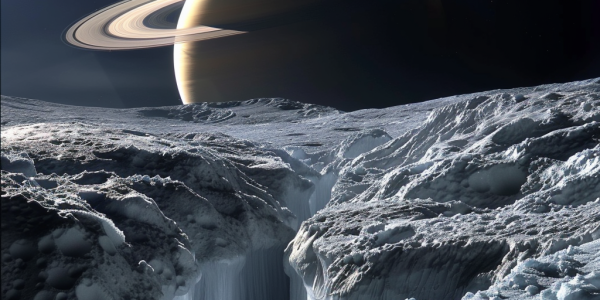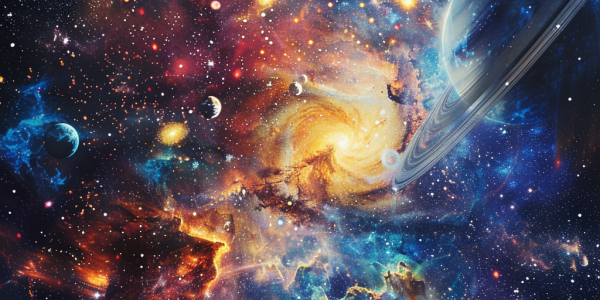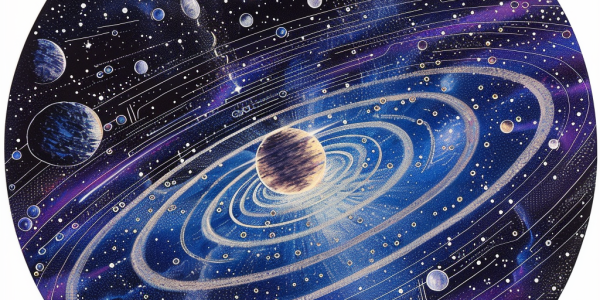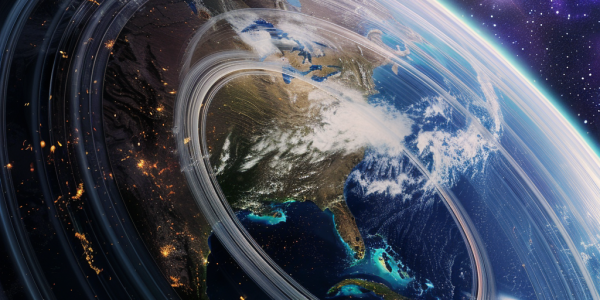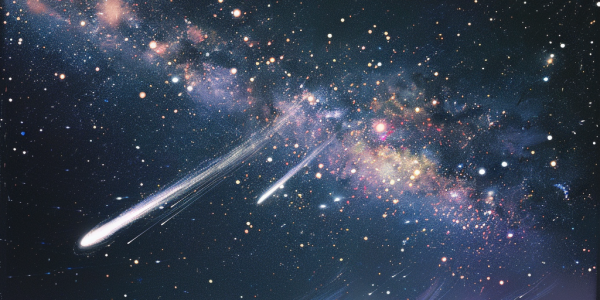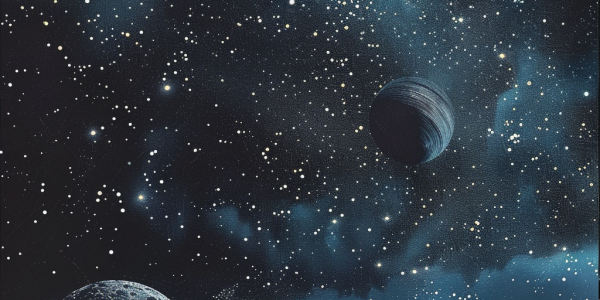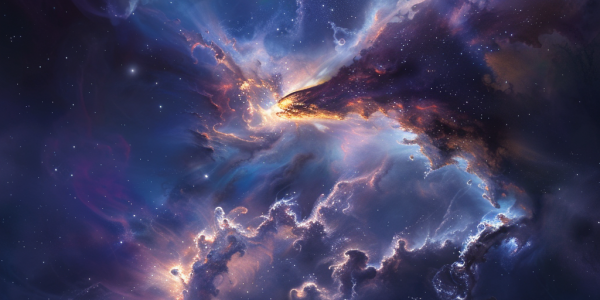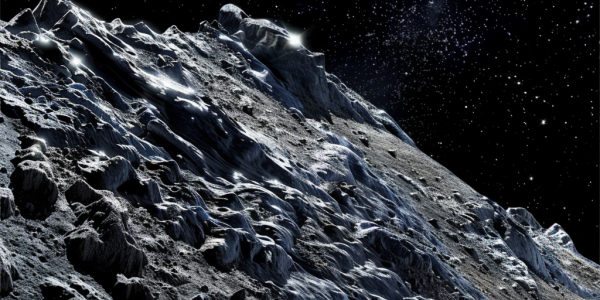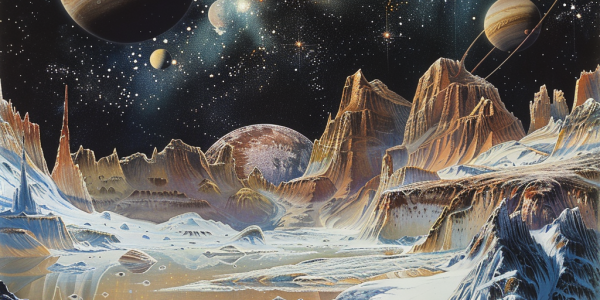Astronomers Double Known Dark Comets, Unraveling Cosmic Mysteries
Astronomers have recently doubled the known count of dark comets, mysterious objects that resemble asteroids yet display comet-like behavior. A groundbreaking study published in the Proceedings of the National Academy of Sciences reveals seven new dark comets, raising questions about their origins and their potential role in delivering life-sustaining materials to Earth. This research sheds light on solar system evolution and the possibility of life beyond our planet.
Enceladus’ Mysterious Dark Spot Sparks New Life Search Insights
Saturn’s moon Enceladus, with its intriguing subsurface ocean and active geysers, is at the forefront of astrobiological research. Recent findings about a mysterious disappearing dark spot have sparked scientific curiosity, raising questions about its connection to the moon’s potential to support life. As researchers analyze these phenomena, Enceladus remains a key target in the search for extraterrestrial life.
New Hypothesis Suggests Massive Planet Influenced Solar System’s Orbital Configuration
Recent research suggests that a massive planet, potentially larger than Jupiter, may have influenced the orbits of our Solar System’s planets during its formative years. This new hypothesis challenges existing theories of planetary migration, proposing that an external force could explain the peculiar orbital characteristics of gas giants. As scientists explore this theory, they aim to uncover the complex dynamics that have shaped our Solar System and others in the galaxy.
Study Explores Capture of Rogue Planets and Interstellar Objects in Solar System
A groundbreaking study explores the potential for our Solar System to capture rogue planets and interstellar objects (ISOs), enhancing our understanding of cosmic dynamics. With the Vera Rubin Observatory set to boost detection capabilities, researchers delve into the mechanics of capture points, revealing insights into the history and evolution of our celestial neighborhood.
Ancient Earth May Have Had a Saturn-like Ring System, New Research Suggests
Recent research suggests Earth may have had a Saturn-like ring system over 400 million years ago, potentially explaining the clustering of meteorite impact craters during the Ordovician Period. This groundbreaking study, led by geologist Andrew Tomkins, explores how a disrupted asteroid could have formed a ring around Earth, influencing both geological events and climate, including a significant global deep freeze. Discover the implications of this ancient ring and its impact on Earth’s evolutionary history.
Breakthrough Technique Enhances Early Detection of Hazardous Long-Period Comets
Astronomers have achieved a breakthrough in detecting potentially hazardous long-period comets (LPCs) using a novel technique that analyzes meteoroid trails. This method allows for early identification of ‘planet-killer’ comets, enhancing planetary defense strategies and offering crucial advance warnings. By studying the trails left by these comets, scientists can predict their paths years before they approach Earth, significantly improving our preparedness for potential cosmic threats.
Astronomers Renew Search for Elusive ‘Planet 9’ in Kuiper Belt
Astronomers are on a decade-long quest to find the elusive ‘Planet 9’ in the Kuiper Belt, a region beyond Neptune. Despite never being observed, indirect evidence suggests its existence, with peculiar orbits of trans-Neptunian objects hinting at a massive, unseen body. Discovering Planet 9 could reshape our understanding of the solar system and the dynamics of planetary formation, making it a significant focus for future astronomical studies.
Breakthrough Discovery of Complex Carbon Molecules in Interstellar Cloud Sheds Light on Origins of Life
A groundbreaking discovery by MIT scientists reveals complex carbon molecules, specifically pyrene, in a distant interstellar cloud. This finding enhances our understanding of the origins of life and suggests that these organic compounds could have contributed to prebiotic chemistry on Earth. The detection of pyrene challenges previous notions about the survival of complex molecules in harsh cosmic environments, opening new avenues for research into the building blocks of life in the universe.
Asteroid Ryugu’s Water Reveals Insights into Early Earth and Life’s Origins
Recent studies of the ancient asteroid Ryugu, conducted by the Hayabusa2 mission, reveal crucial insights into the role of water in its evolution and its potential impact on early Earth. The findings highlight how freeze-thaw cycles shaped Ryugu’s surface and internal structure, suggesting that asteroids like Ryugu may have contributed organic materials essential for life on our planet.
Exploring the Solar System’s Fascinating Icy Bodies
Explore the fascinating icy bodies of our solar system, including Europa, Enceladus, Triton, Ceres, Mars, and Pluto. Discover how these frozen worlds, with their unique features and potential for harboring life, are the focus of ongoing scientific research and exploration. Learn about NASA’s missions and the vital clues these celestial bodies may hold about life beyond Earth.

